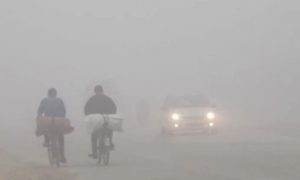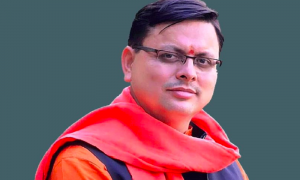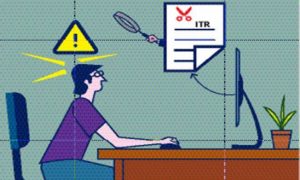The much-delayed release last week of detailed data from an antibody prevalence study conducted in May by the Indian Council of Medical Research has resulted in a flurry of projections on the actual number of coronavirus disease cases in India. The study, whose headline results were reported in June (by the HT newsroom and a few others) showed a prevalence of 0.73% among adults, translating into around 6.5 million infections.
This number isn’t cause for alarm as some suggest.
Similar surveys conducted since have shown that the prevalence in large urban centres could be as high as 20%. Antibody prevalence surveys for some parts of rural India are available, but the sample sizes are far too small for the results to be taken seriously. Still, based on the 20% number, it can be safely assumed that around 15% of the urban population, and 5%-7.5% of the rural population (a third to half the urban proportion) has been exposed to the virus.
Assuming a rural population of 850 million and an urban one of 450 million, this translates into 67.5 million cases in urban India, and between 42.5 and 63.75 million cases in rural India — a total of between 110 million and 131.25 million cases.
This number, too, isn’t cause for alarm.
It is now widely accepted that around 40% of the people infected by the Sars-CoV-2 virus which causes Covid-19 do not show any symptoms. And that many of the others show mild symptoms.
Let’s make a third assumption — that the infection fatality rate in urban and rural areas is around the same, the 0.1% calculated in a previous installment of this column (Dispatch 152 on September 8). What urban India gains because of its better health care facilities, it loses on account of the lifestyle of its residents.
At a 0.1% infection fatality rate, the number of people who have died thus far from the disease in India should be 110,000 to 131,500. India has seen around 80,000 coronavirus deaths from Covid-19 till Sunday night. That would mean 30,000 to 51,500 deaths may have been missed — not an implausible number even if this isn’t immediately clear in records of deaths (although record-keeping, even in the best of times, isn’t infallible when it comes to deaths and is likely to have been affected because of the pandemic). Even at the higher bound, this death number only translates into a 2.7% case fatality rate (on the basis of reported cases), which is lower than the 3.2% case fatality rate for the world.
Some of the gap can be explained. Demographics; the protection granted by the BCG vaccine (widely, near universally administered in India); previous exposure to other coronaviruses resulting in, at the least, a better ability to fight the virus because it is recognisable; and the lower prevalence of lifestyle diseases in rural India, have all been recognised as factors that lower the mortality rate. (Some, such as the BCG factor, have been established by several studies, including a very credible one by JNU scientists).
What does the prevalence rate of 10% (assuming a prevalence of 7.5% in rural India) across India mean from the perspective of the country’s fight against the pandemic?
It’s still a long distance from the 65% or even 40% required for herd immunity according to widely accepted norms and mathematical models created by scientists at the University of Stockholm and University of Nottingham respectively. But universal masking can help boost this number, according to a study published last week in the New England Journal of Medicine by researchers from the University of California, San Francisco. The researchers argue that “universal masking could become a form of variolation” (the term means exposing an individual to a small or milder form of the virus in the belief that this would result in a mild infection and, ergo, immunity) in a study that has generated a lot of discussion.
Their hypothesis is that a mask reduces the quantum of the virus-carrying exhalations inhaled by a wearer, reducing the intensity of infections, even making it asymptomatic. They further add that the proportion of asymptomatic cases is at least 80% in regions that mandate universal masking compared to the widely accepted proportion of 40%. If true, strictly enforcing the wearing of masks could be a safe way to move towards herd immunity while we wait for a vaccine.





































